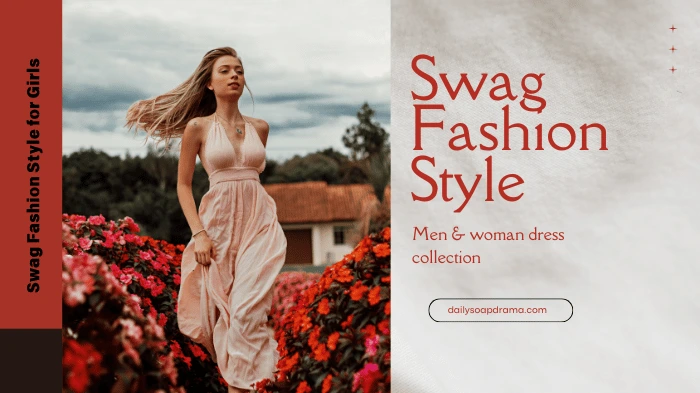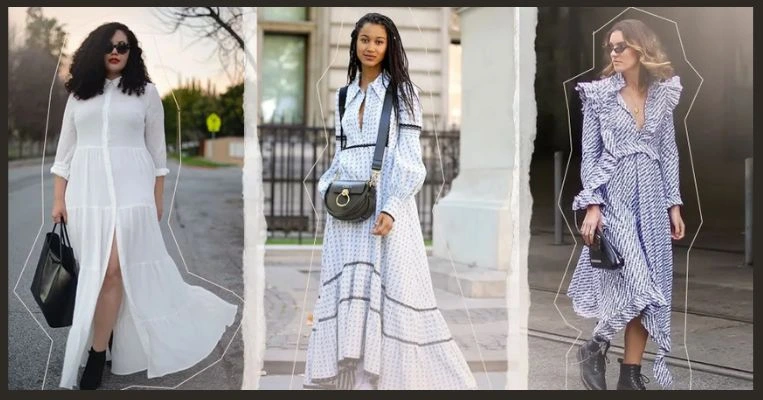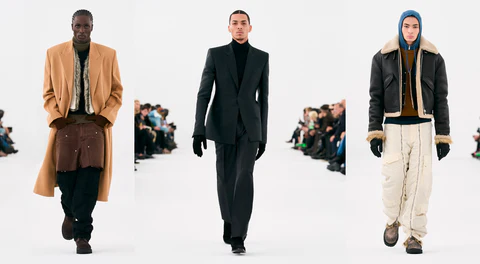The information and pricing norms contained in this vendible are from 2016. Please be enlightened that it may no longer reflect economic realities, which have reverted drastically in the intervening years. We have produced updated content on this subject, reflecting the nature of the menswear market in 2023, entitled “$200 Suit vs. $2000 Suit,” misogynist both as a YouTube video and an article!
Understand Genuine Quality to Assess Real Value
We know what it’s like to buy suits on a budget!
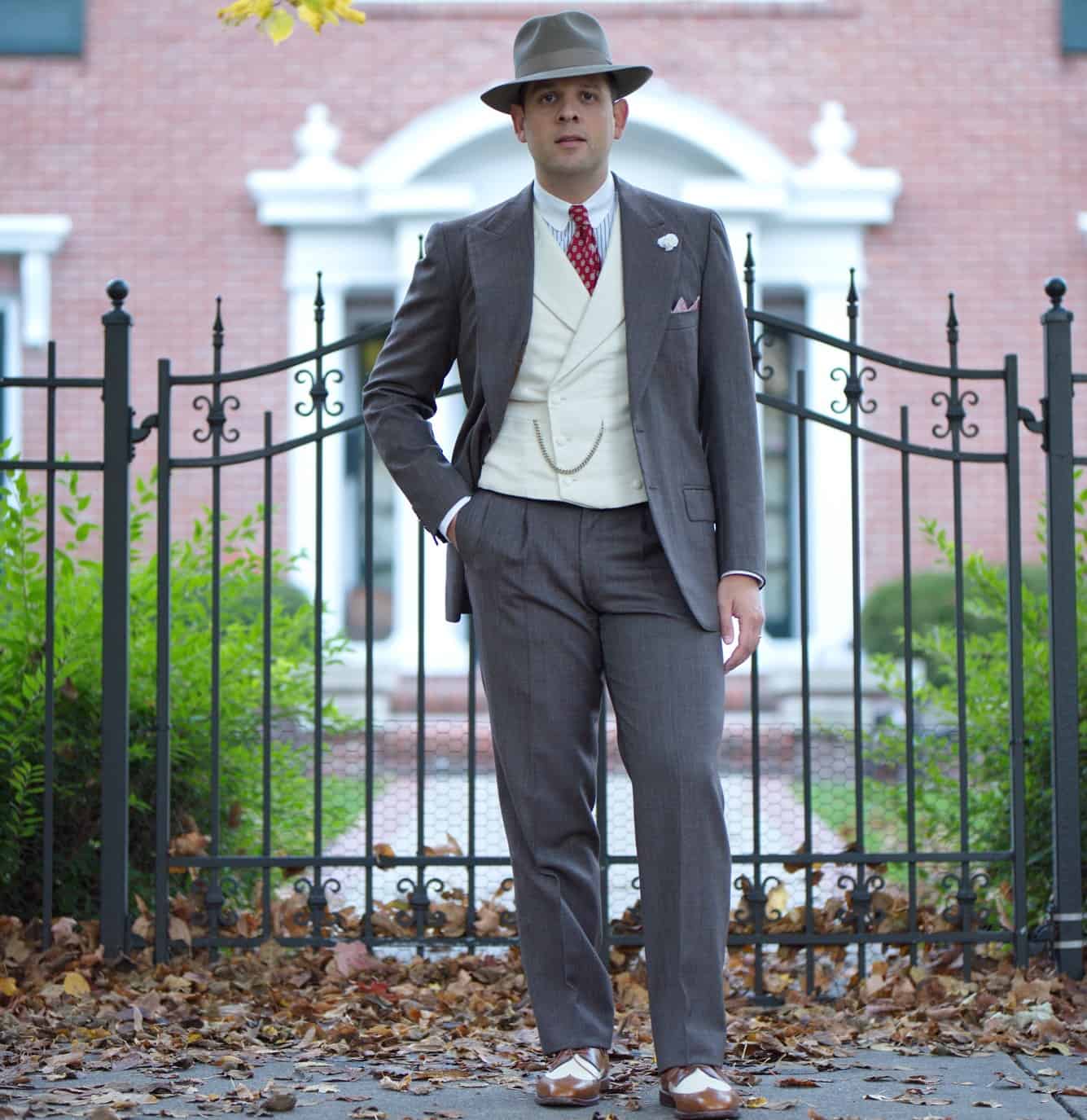
Today, Raphael owns suits that forfeit everywhere from $5 to $5000. When he first became interested in menswear, $100 was a lot of money to spend on a suit, so Raphael took the time to research manufacturers, understand quality hallmarks, and assess genuine value.
These skills unliable Raphael to determine what truly made a suit high-quality and not to rely only on the price tag for guidance: that’s how he managed to snag this A. Caraceni suit from Milan, one of the most renowned tailors in Italy, for just $80, when new it would hands forfeit $5000.
The purpose of today’s vendible is to share with you all that Raphael has learned so that you will know what to expect from suits at various price points. By understanding these norms, you can decide for yourself whether an expensive suit is worth the investment, and what to stave when it comes to unseemly suits with very poor cost-per-wear.
The Features of a $100 Suit
$100 Suits Indulge Little Margin for Genuine Quality
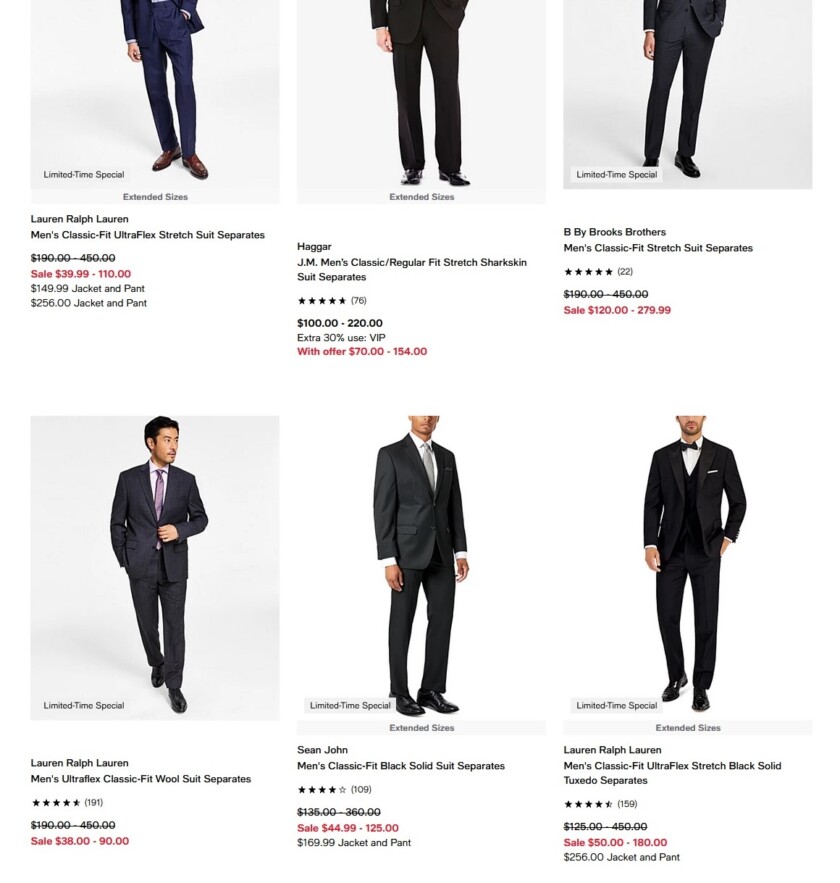
Cheap suits are sold emphasizing low prices, but keeping financing minimal often requires sacrificing quality.
Suits typical of the $100 price range are sold by retailers who focus on the fact that their products are inexpensive: brands like Jos. A. Banks, H&M, Men’s Wearhouse, and the like. These retailers hope that you will be so impressed by the low prices that you won’t scarecrow to assess the quality of the garment: if it’s so cheap, why wouldn’t you buy it?
But what are you getting at this very low price point?
Construction
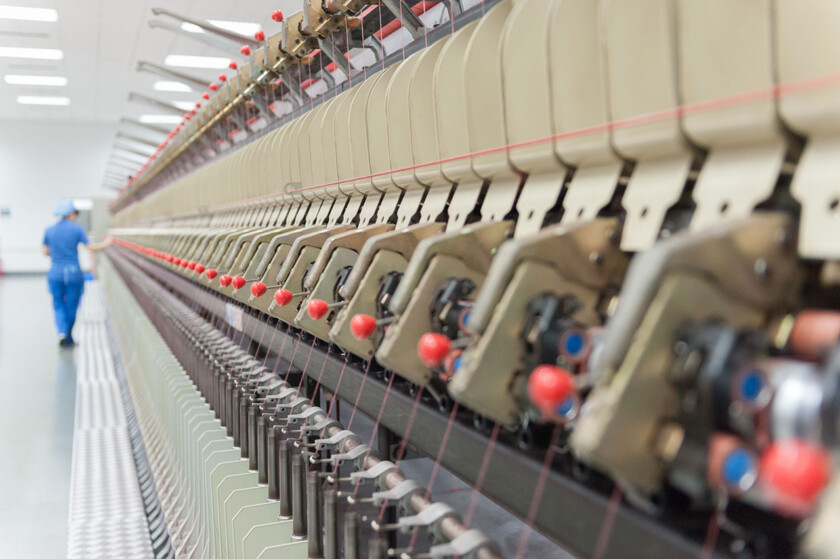
Inexpensive suit production is scrutinizingly entirely mechanized to reduce labor costs.
$100 suits are scrutinizingly entirely machine-made and usually sewn together in two or three hours or less. There is none of the handiwork that is essential for ensuring flexibility and a sprawl that adapts to your body. But at this price point, manufacturers cannot sire to pay the spare labor financing for handwork.
Shell and Lining Materials
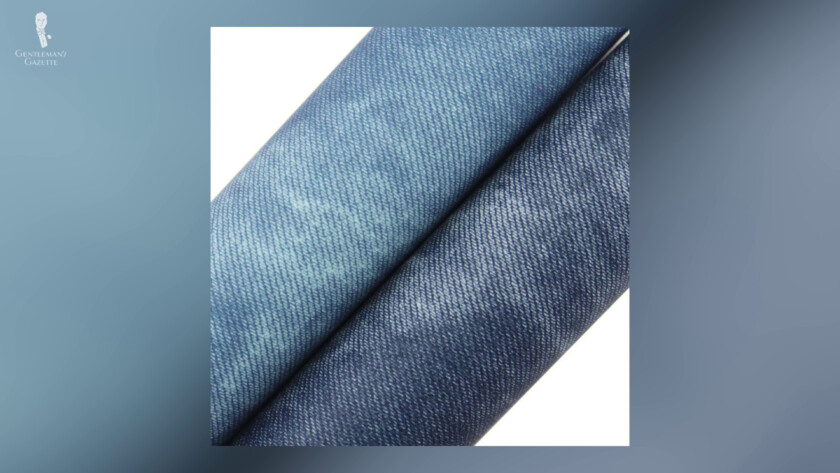
Synthetic fabrics are favored for unseemly suits considering fo their low cost, not considering of their features or functionality.
Raw materials are some of the most expensive components of a suit, so to alimony financing low, inexpensive suits have to be made from lower-quality fabrics.
The fabric of a $100 suit is usually stretched with polyester, nylon, or other strained fibers. Plane if natural materials, like cotton or wool, are employed, they tend to be of the lowest quality possible.
In slick razzmatazz photos, the $100 suit may not squint that different, but as soon as you touch it, you can immediately tell that the fabric of both the shell and the lining is of low quality: it simply is stiffer, less comfortable, and you’re increasingly prone to sweating in it considering of the stuffy, insulating nature of the fabric.
Interlining?
When you start out with fabric, you have a two-dimensional surface. That surface, which is the shell of the suit, is usually tying to a lining that touches your skin. Between these two layers, there is flipside layer of fabric that helps the unshortened garment maintain its shape, expressly virtually structured portions like the chest and shoulders. This fabric is the interlinig.
For a $100 suit, the interlining is of very low quality and is glued to the fabric to hold everything in place. This wattle works for a short time, but it moreover acts as an insulator, so you’re much increasingly likely to overheat and sweat. Over time, and expressly if the garment becomes wet, this interlining will come loose and you will see frothing forming on the fabric, expressly on the lapels. This problem appears very odd and sloppy and it is one of the easiest ways to identify a unseemly suit.
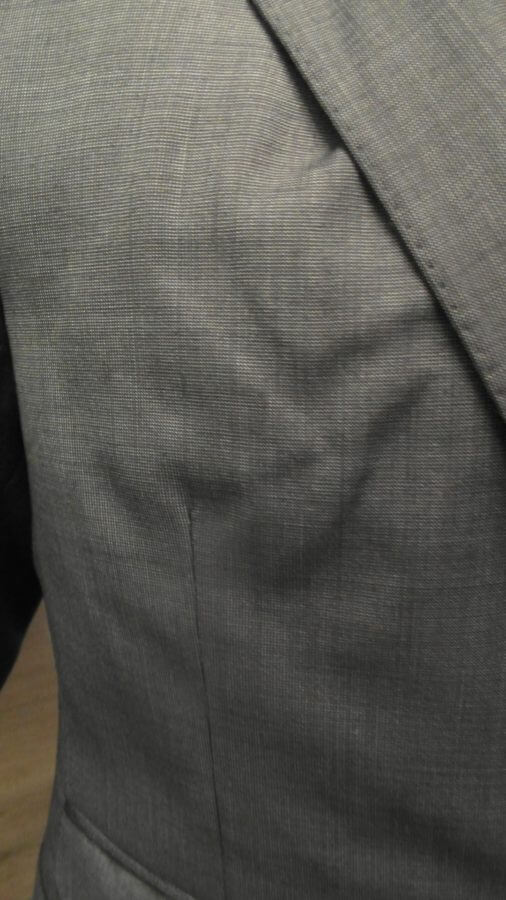
Loose interlining creates blistering frothing on the chest of a suit. Loose interlining is expressly evident under the lapels. Blistering frothing from loose interlining radiate out from the lapels of a jacket.
Learn increasingly well-nigh interlining. Sewn and then cut buttonholes with frayed edges are typical of unseemly suits.
When keeping prices low, it is scrutinizingly untellable to expend money on sustentation to fine details. For instance, when making buttonholes, they are first sewn and then cut on a unseemly suit considering this method is increasingly expedient, plane though it leaves overdue frayed threads.
Disregarding functionality and an accent on a low price point defines all aspects of unseemly suit detailing: buttons are made from plastic, the lining is polyester, visually lulu detailing like pick stitching is absent: everything is washed-up only to alimony financing low.
Spot the details that indicate a unseemly suit! A tough suit silhouette popular in the 1940s. The skinny squint popular since the mid-2000s.
The cut of a $100 suit can, in theory, be as good as the one of a $1000 suit or a increasingly expensive suit, but in practice, that’s rarely the case. Increasingly often than not, $100 suits are either very fashion-forward, with features like very skinny lapels so that they can be sold while a trend is still hot, and you can only wear them while that trend is still popular, or they’re simply old-fashioned to request to convention, and the cut is tough and bulky.
In order to tailor a suit, one needs a pattern. On a $100 suit, this pattern is the same for everyone; there’s no custom element, and so it will never fit you perfectly: it has been cut entirely for an imagined ideal. The patterns are moreover cut only for looks and not functionality: for a slim silhouette, every speciality of the suit is made slim, plane the sleeves. As a result, mobility in the suit and the worthiness to do vital tasks, like raising your arm to hail a cab, are severely compromised.
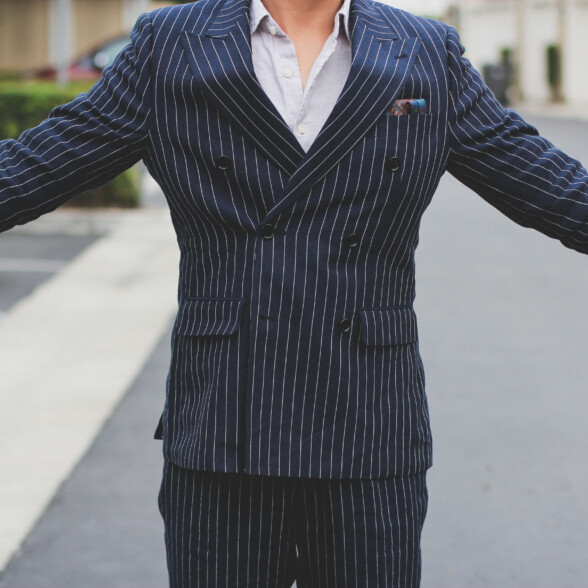
When armholes are tightly cut, they rationalization the unshortened soul of the jacket to shift every time you move your arms, but expressly when you lift or raise your arms. This pulling and tugging can drastically yo-yo the lines of your suit. Furthermore, the weight and structure of the jacket can restrict your arm movement, powerfully tightness your stovepipe in place and making them increasingly difficult to move.
$100 Suits Are Unseemly for a Reason
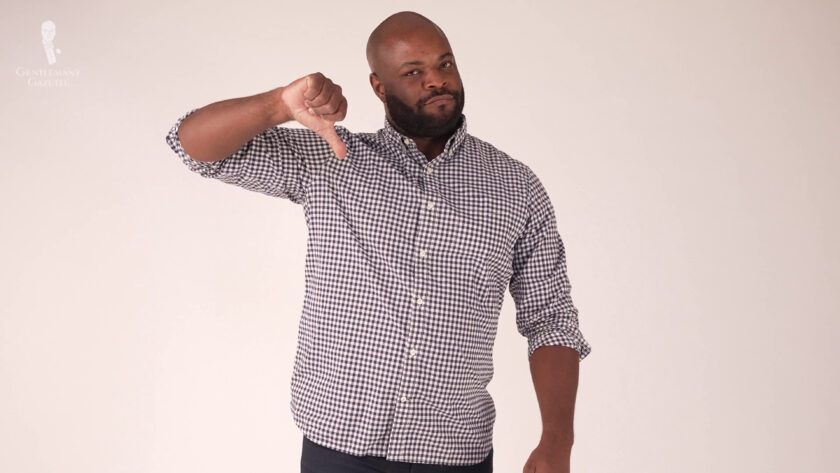
Under most circumstances, we teach you to stave $100 suits unless you need to wear them for an extremely limited value of time under very particular circumstances.
Suits that are designed to be sold for $100 are made to be unseemly by design: unseemly fabric, unseemly cuts, unseemly labor, and unseemly details. If you think well-nigh it more, it makes perfect sense: the retailer has to make some money, the sewer has to make some money, and the factory owner who employs a sewer wants to make money. At the end of the day, there’s not much room left to add anything of quality.
As a result, these suits squint and finger unseemly as well. Ignoring spare potential factors, such as working conditions in sweatshops and the environmental impact of cheaply-made clothing, it is simply very difficult for a suit made with an accent on low quality to offer any quality hallmarks or a quality wearing experience.
Therefore, we suggest that you stave ownership a suit intended for retail for $100 if you can: there are largest alternatives misogynist to you that will indulge you to reap a garment of higher quality for a similar price.
Is $100 Your Budget? Buy Vintage!
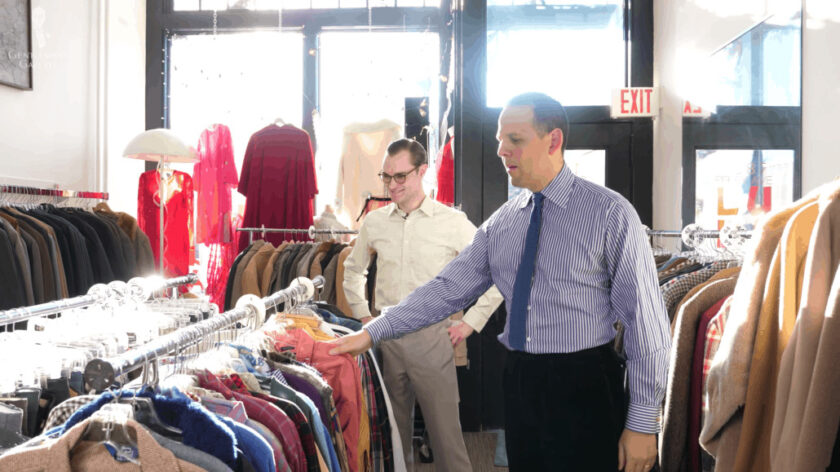
Preston and Raphael go hunting for vintage bargains. If you only have virtually $100 or less to spend on a suit, you do not need to resign yourself to a low-quality suit. Raphael, Preston, Kyle, and Nathan have all had to work within this upkeep at one point, and their secret is to buy a used suit!
Used suit allows you to reap suits at higher price points and higher levels of quality that are cheaper simply considering they are not trademark new. Many of these items are gently worn, and sometimes plane completely unworn, but considering they are stuff resold, they can be uninventive for a fraction of their original cost.
FAQ
What are the main differences between an expensive suit and an inexpensive one?
It is difficult to generalize well-nigh what distinguishes an expensive suit from a unseemly suit, but some unstipulated hallmarks are typical. Due to its low price point, an inexpensive suit is likely to have lower quality fabrics to alimony overall financing low. It is moreover unlikely that an inexpensive suit will have the benefits of quality construction, thoughtfully prepared patterns, and fine detail typical of an expensive suit, simply considering the maker cannot sire the time and materials necessary to unzip these results.
Are expensive suits made from largest materials than inexpensive suits?
As a unstipulated rule, expensive suits are made from high-quality fabrics like wool, cashmere, or silk. Fabric can be one of the most expensive components of a suit, and so if a manufacturer has to alimony the final product at a low price, cheaper materials, like synthetics, are a simple way to do so.
Are all expensive suits worth the price?
While most expensive suits offer high-quality craftsmanship, it’s unchangingly recommended to do thorough research surpassing purchasing. Factors such as trademark reputation, material sourcing, and individual preferences must be considered. Sometimes, unrepealable brands may overprice their products without offering significant advantages over increasingly reasonably priced options. Learning the hallmarks of genuine quality outlined in this vendible will help you locate the right suit for you.
Does the construction of the suit stupefy the price?
Yes, it does. Expensive suits are thoughtfully synthetic with precision, utilizing techniques such as hand-stitching to ensure flexible movement and a full or half canvas for superior structure. These processes require spare time and resources, so cheaper suits usually employ mass production methods, which can result in lower durability, fit issues, and increased discomfort.
What is the interlining of a suit jacket?
Interlining refers to a layer of material, usually sandwiched between the lining and the outer shell of the jacket, that helps the jacket maintain its form and structure. On inexpensive suits, the interlining is usually glued or fused into place. On expensive suits, it is either partially or fully sewn into place: the former is known as “half canvas” and the latter as “fully canvassed.”
Can an inexpensive suit still squint good if properly styled?
Yes, it’s possible to make an inexpensive suit squint good with proper styling. By focusing on fit, pairing it with complementary accessories, and ensuring it’s well-pressed, you can enhance its appearance. However, it’s important to note that the overall quality and longevity may not match that of an expensive suit; you could invest considerable resources in making an inexpensive suit squint great, only to have it later fall untied on you.
Can an inexpensive suit be upgraded to imitate the features of an expensive one?
Although you can enhance an inexpensive suit by interchange unrepealable aspects like fit or subtracting largest buttons, it’s challenging to completely replicate the features of an expensive suit. High-end materials, meticulous construction techniques, and exquisite details contribute to the distinctiveness of an expensive suit, making it nonflexible to imitate on a low-budget garment.
Is it largest to own a few expensive suits or several inexpensive ones?
It depends on personal preference and lifestyle. Owning a few well-made, expensive suits can provide versatility and long-term value. On the other hand, having several inexpensive suits can offer variety for variegated occasions at a lower initial cost. Ultimately, it’s well-nigh finding a wastefulness between quality, quantity, and individual upkeep considerations. In our opinion, when towers a Classic Wardrobe, it is unchangingly largest to invest in quality over quantity, with an accent on versatile, timeless, and durable garments.




